Fatal Fury is one of my favorite fighting game franchises. Above Street Fighter or Mortal Kombat, Terry and Andy Bogard's revenge story is very reminiscent of those bad martial arts movies starring Jean Claude Van Damme that were shown almost daily on TV in the 90s afternoons.
Developed by Takashi Nishiyama, a producer who wasn’t happy with Capcom, the franchise had its last game released in 1999 and, after decades away from the spotlight, Fatal Fury returns with a new title that seeks to honor its heritage at the same time as adapt to the current demands of the fighting genre.
Fatal Fury: City of the Wolves is presented as a direct sequel to Garou: Mark of the Wolves and arrives with promises of mechanical renewals, striking visual styles and a narrative that further develops on already established characters. However, behind this exciting proposal, the game also carries behind-the-scenes decisions that raised ethical questions and caused divisions in the community's reception.
Let's talk about the new game in the Fatal Fury franchise and, if you have any questions, leave a comment.
Ambitious and Refined Combat System
City of the Wolves' main strength lies in its gameplay. SNK has developed a system that wants to go beyond the traditional formula, taking a chance on new mechanics and creative ways to increase players’ expressiveness during matches. The highlight is the REV system, a new approach that allows attacks with improved offensive properties, as long as the player manages the risk of overheating.
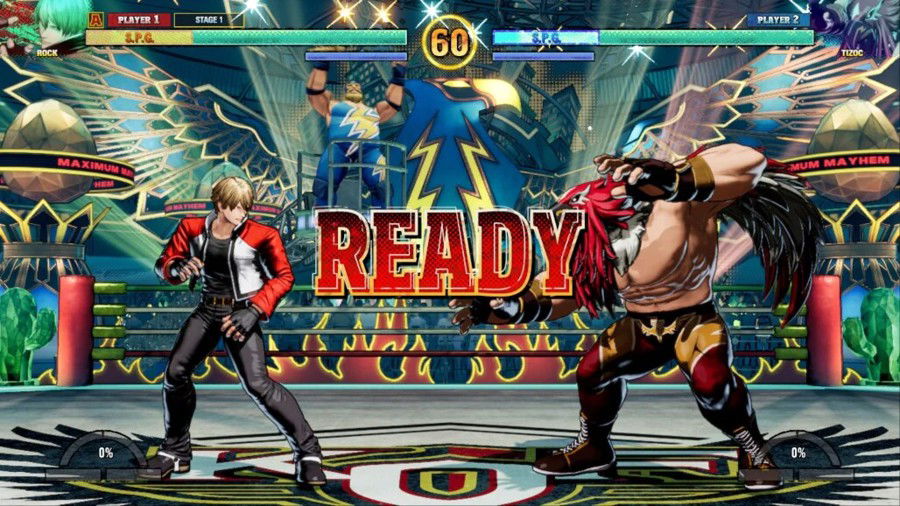
By using REV moves, it’s possible to break defenses and speed up the pace of the fight, but excessive use temporarily blocks this advantage, creating an interesting balance between aggression and caution because, when the character enters an overheated state, they get more vulnerable to blows and take more damage. A system that prevents tryhards from sticking to just one type of move.
Another important component is the SPG (Selective Potential Gear), an evolution of the T.O.P. system, which allows you to choose an area of the HP bar to activate bonuses such as increased damage, gradual energy recovery or super moves execution. This type of strategic choice influences how each player builds their match from the moment they select their character.
Additionally, mechanics such as Braking (cancelling movements), Feints (simulations to deceive the opponent) and Wild Punish (counterattacks after opponent mistakes) reinforce the tactical depth of the combat. Even with a high technical level, the game does its best to be accessible, offering Smart Style - a simplified control mode for new players or those who prefer a more direct approach, even if limited in terms of complexity.
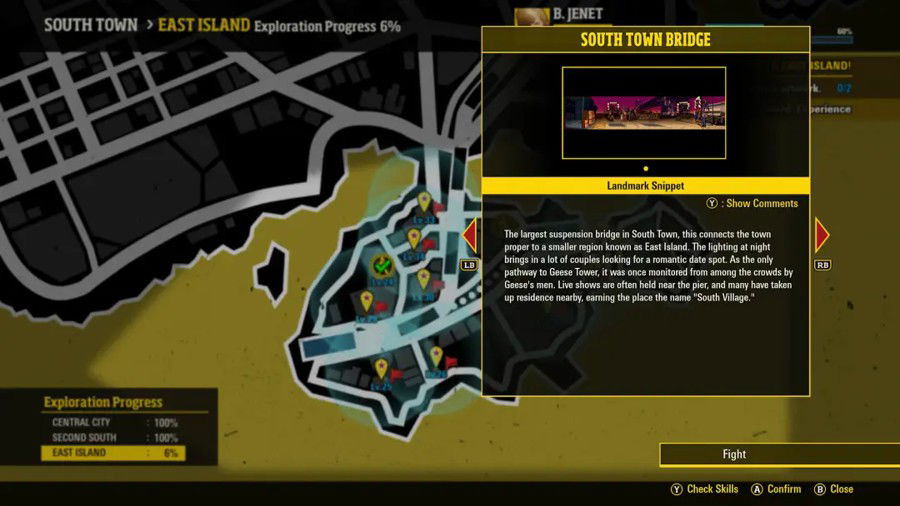
This balance between new and old mechanics allows both casual and experienced players to simply enjoy the game. And if you're like me, who’s just there just mashing buttons and hoping for the best, you'll still be able to progress well in arcade mode, but you'll need to improve over time and think carefully before getting into combat.
Comic Book Aesthetics
Visually, City of the Wolves adopts a graphic style that’s quite different from other titles in the genre. Instead of the realism or highly polished visuals typical of games such as Street Fighter 6 or Mortal Kombat, SNK's title goes for an aesthetic inspired by comic books, with vibrant colors, strong contours and intense shading. This art direction gives the game its own visual identity, while also rescuing the bold spirit of the Neo Geo era.
The story cutscenes between fights are presented in the format of comic book panels, reinforcing the graphic style and giving an informal narrative touch that fits very well with the series' proposal. Despite some noticeable limitations in animations and menus, which evidence a more restrained budget, the overall aesthetic is cohesive and functional - favoring visual clarity during combats, which is the most important thing in a fighting game.
Between Heritage and Renovation
City of the Wolves continues the story of Garou, focusing again on Rock Howard, a character who carries on the legacy of the legendary Geese Howard and Terry Bogard, while also making a very big point between this and the first game and not touching much on the 2nd and 3rd games. The story takes place years after the previous events and tries to deepen Rock's personal crisis, stuck between the values of good and evil inherited from his origins. Other classic characters, such as Terry, B. Jenet, Gato, Hotaru, and Kain, return with updated looks and revamped motivations.
The game also introduces new characters, such as Vox Reaper and Preecha, a Muay Thai fighter trained by Joe Higashi, who each bring their own unique fighting styles and narrative proposals. These additions help expand the game’s universe, offering more diversity to the cast and opening up space for different playstyles.
Despite this, the story mode, in which we go after the “Geese ghost”, isn’t exactly deep - its function is more to immerse the player in the universe of South Town, offering context and personality, but without great narrative ambitions - it still provides some fun for those who want to revisit South Town and beat up some random NPCs that show up along the way.
Guest Characters and Political Interests
If on one side the game shines in its technical and artistic aspects, on the other it faces strong criticism for questionable corporate choices. The main source of controversy involves the inclusion of two characters based on real people: soccer player Cristiano Ronaldo and DJ Salvatore Ganacci. Both are represented as themselves, with faithful visuals and moves that reflect their respective areas - Ronaldo uses kicks inspired by soccer plays, while Ganacci mixes attacks with dance and sound effects - but both feel “outside of the story”.
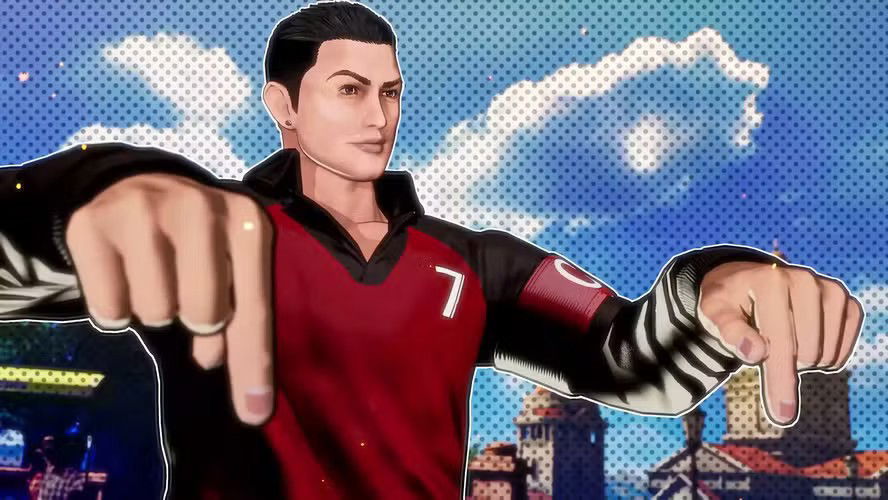
It’s not like there’s a Ganacci concert in South Town or Cristiano Ronaldo’s on vacation there. Not even the most basic reason for someone to be in a fighting game, “I want to test my strength”, is given to them. They’re just there. That’s all.
The inclusion of these characters was kept secret until shortly before the game’s release, which raised suspicions in the community and prevented a bigger backlash. However, we can say that the reason for their inclusion is financial and political.
There’s a strong relationship between the two invited fighters and SNK’s current financial controller - the Public Investment Fund of Saudi Arabia (PIF) - which raises questions about the real reasons behind these additions. The fund, linked to the Saudi government, not only holds the majority of the company’s shares but also has strong ties to Ronaldo (through the Al-Nassr club) and Ganacci (present at cultural events in the country).
Of course, this isn't the first time that there’ve beenstrange crossovers, we've seen several in Mortal Kombat, or even in games like Free Fire and Fortnite, which have already included Anitta, Lady Gaga, Beyonce and other stars. This type of crossover isn't uncommon. However, it doesn't seem like that was the case here.
The general feeling among part of the public is that City of the Wolves has become a tool for “politicking” - that is, a way of using entertainment to soften the image of authoritarian regimes in the eyes of international audiences - which breaks the immersion caused by these characters, which added to the perception that they were put there due to political pressure, harmed the reception of the game and generated debates about the limits between entertainment, business and ethics.
In other words, how much does money control developers’ creative freedom? We know that this isn’t the first time that this type of interference has happened for “those who are paying” in the gaming industry, but if this keeps going, where will we end up?
Visible Limitations
Despite the off-screen problems, City of the Wolves proves, in terms of the game itself, to be a carefully crafted work. SNK's effort to deliver a technically competent title even with limited resources is remarkable. The rollback system in the netcode ensures stable online matches, and the balance between characters has already proven to be quite solid in initial tests.
However, the budget restrictions are noticeable in several aspects. The menus are simple and uninspired, there’s a lack of extra content such as art galleries, bios or alternative modes, and the animated opening disappoints with a quality below the expected standards. Even so, everything that’s essential - responsive combat, well-animated characters and learning tools - is there.
The game also invests in crafting a more lively narrative environment, with descriptions and curiosities about South Town that appear in the menus or in characters' dialogues. Even though these details don’t directly change the gameplay experience, they contribute to a richer setting that’s more consistent with the franchise's legacy.
Pros and Cons
Pros:
• Technical combat: the fighting system is deep, varied and allows creativity even at higher levels.
• Unique visuals: the cel shading visual style is reminiscent of comics and gives the game a strong identity.
• Good netcode: the online mode uses solid rollback, ensuring stable fights even with moderate ping.
Cons:
• Forced guests: Cristiano and Ganacci don't fit into the game's universe and feel out of place.
• Little content: it lacks extra modes, such as a gallery, challenges or elements that increase longevity.
• Shallow story: the story mode is superficial and doesn't develop characters or the new plot well.
Conclusion
Fatal Fury: City of the Wolves is a piece of work that represents well the contrasts of the current industry. On the one hand, a creative, fun and technically solid combat system; on the other, commercial and political decisions that raise ethical discussions which are hard to ignore. It’s a game that respects its history, tries to innovate within its limitations, and that delivers exciting and accessible combat. But it’s also a game marked by visible corporate interests, which used its structure as a storefront to promote figures linked to a controversial geopolitical agenda.
For SNK fans and fans of the fighting genre as a whole, the game’s still a recommended experience. Its main content, the combat, is competent, varied and rewarding. But City of the Wolves is also, inevitably, a reflection of the times we live in - where not even the return of a classic franchise can escape the power and image disputes that shape the global video game scene.
Whether as an excellent fighting game or as a case study on the intersection of pop culture and geopolitics, City of the Wolves will certainly not go unnoticed. Now, leave a comment: What did you think of City of the Wolves? Did you like Cristiano Ronaldo and Ganacci's characters? Did you think the game was good? Comment and share!









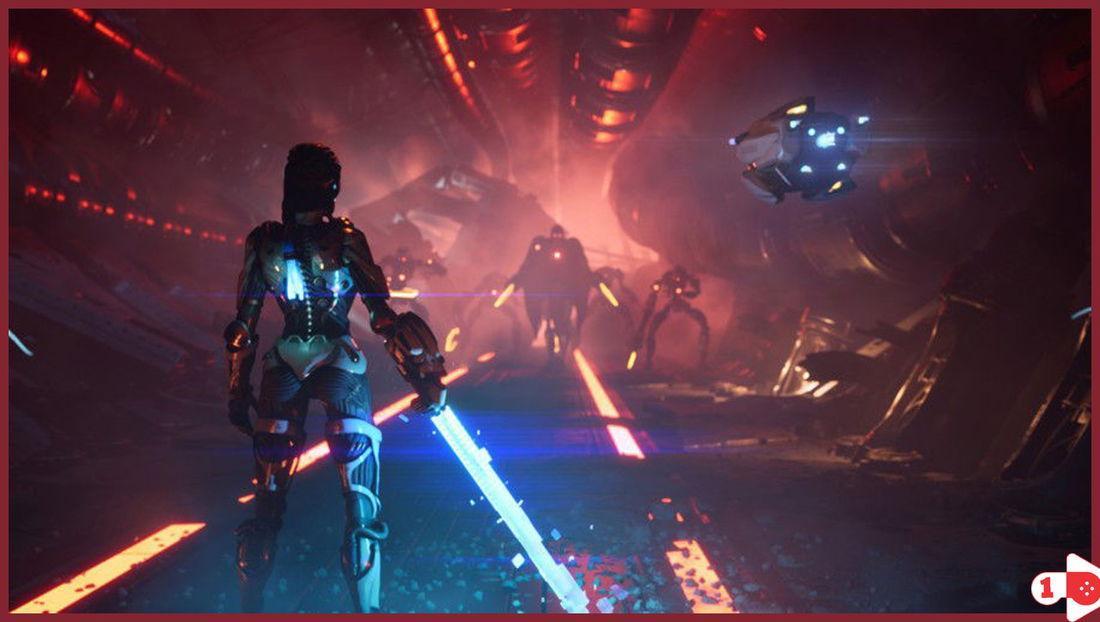
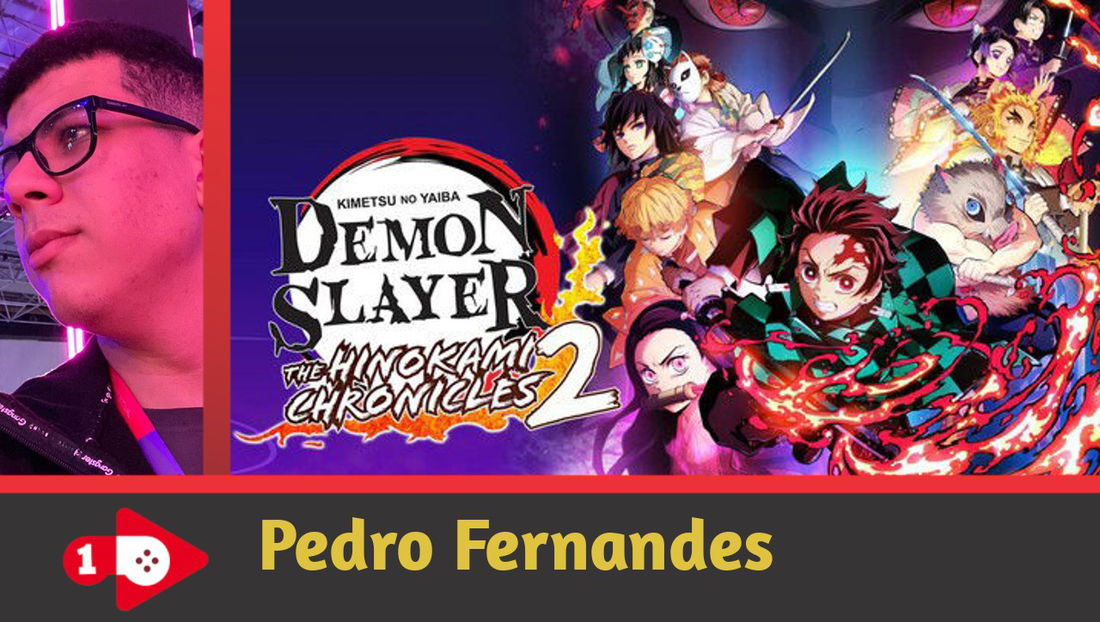

— Comentarios 0
, Reacciones 1
Se el primero en comentar